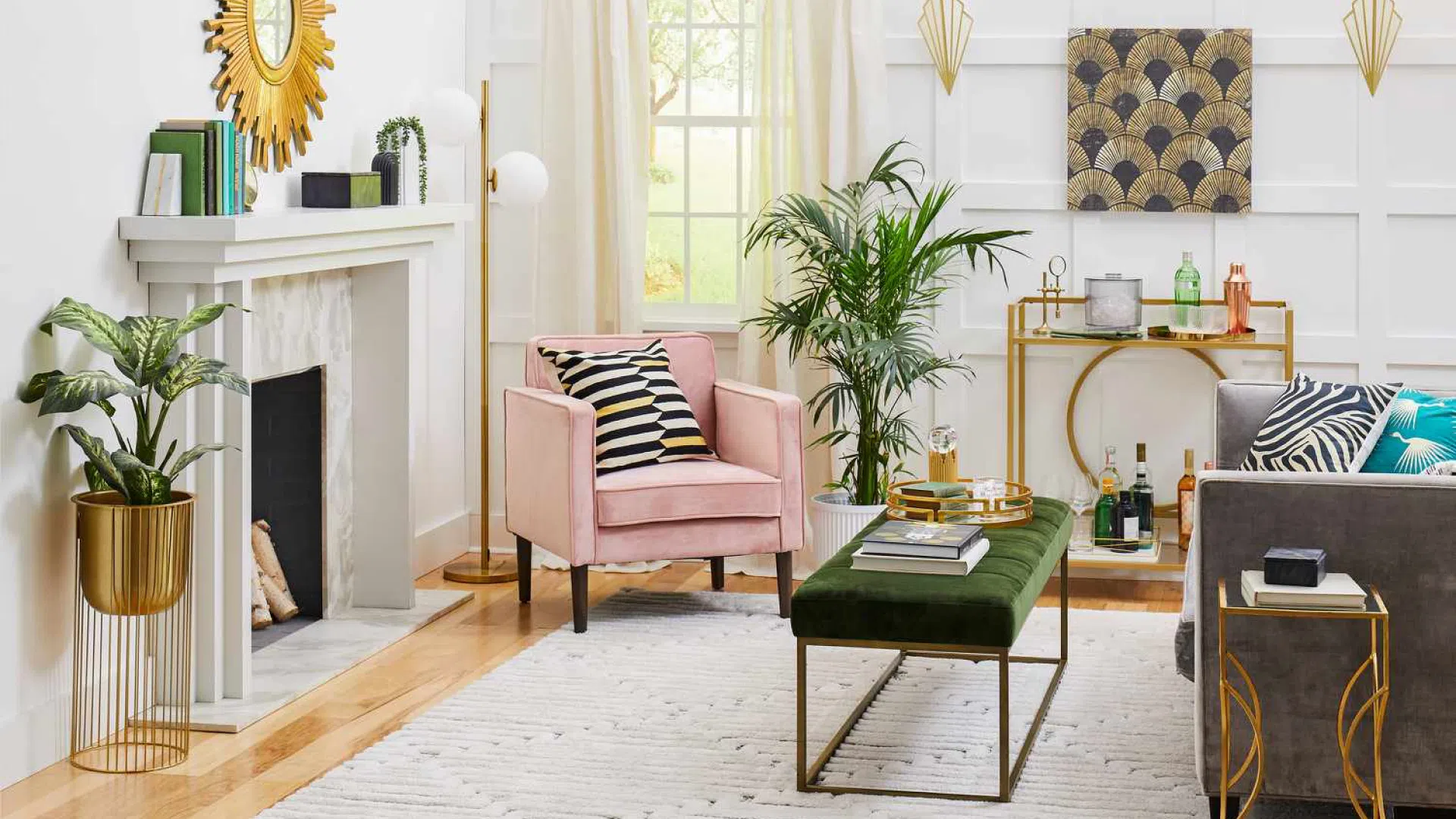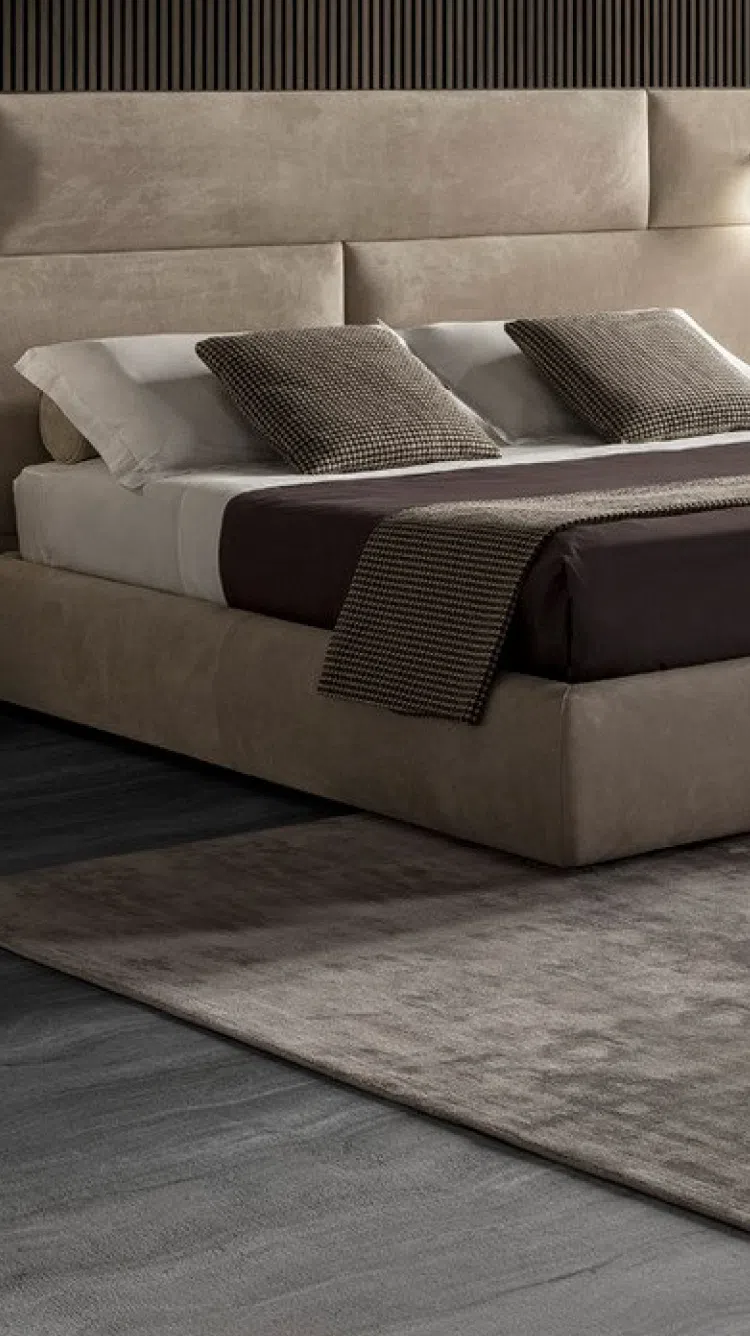
Art Deco, an influential visual arts design style that first appeared in France during the 1920s, reached its zenith in the 1930s and 1940s, carrying into its design sensibilities the boldness and optimism of the post-World War I era. It is characterized by rich colors, bold geometric shapes, and lavish ornamentation. The Art Deco style is often associated with luxury and opulence, reflected in its use of exotic and expensive materials.
In furniture, Art Deco style is marked by several distinctive features which include:
Geometric and Angular Forms: Furniture pieces often showcase symmetrical and streamlined forms with angular, clean lines. They may incorporate zigzags, chevrons, and other stylized, geometric motifs.
Exotic Woods and Materials: Art Deco furniture is notable for its use of rare and luxurious materials such as ebony, walnut, and mahogany, alongside the integration of exotic woods like zebrawood, and macassar. Inlays of ivory, mother-of-pearl, and other opulent materials were commonplace.
High-Gloss Finishes: Reflecting an essence of sophistication, furniture surfaces are typically polished to a high sheen, using lacquer or French polish to give a sleek, shiny appearance that highlights the wood grain and inlays.
Metal Accents: Chrome, stainless steel, aluminum, and brass were widely used as decorative accents in the form of trim, handles, and legs, adding a modern, industrial touch to the furniture.
Vibrant Colors and Patterns: Upholstery often featured bold and vibrant colors, with velvets and leathers used for their luxurious textures. Patterns were typically geometric or stylized forms from nature, such as sunbursts or floral motifs.
Sunbursts and Fountains: In line with the era’s fascination with technology and machinery, motifs such as sunbursts, representing radiance and energy, and fountains, denoting luxury and relaxation, were prevalent.
Mirrors and Glass: Mirrored surfaces and decorative glass elements were also hallmarks of the style, lending a modern and spacious feel to the furnishings.
Influence of Other Styles: Art Deco also drew on other styles and movements, including Modernism, Cubism, and Futurism, as well as the visual design of ancient cultures, such as Egyptian and Aztec art.
Art Deco furniture is typically considered to be both functional and visually appealing, acting as a statement piece within an interior space. The "Art Deco" term itself became popular in the 1960s, originally referring to the Exposition Internationale des Arts Décoratifs et Industriels Modernes, the 1925 Paris exhibition that showcased the new style in decorative arts.
Today, original Art Deco furniture is highly collectible and revered for its innovative design and craftsmanship. Contemporary designers often draw inspiration from Art Deco, creating pieces that echo its elegance and timelessness within a more modern context.


